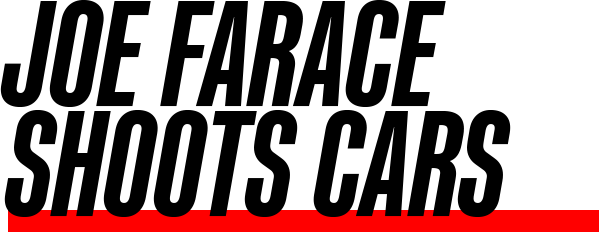Today’s Post by Joe Farace
Dick Stolley, who many consider Time-Life’s best Managing Editor, once told People magazine’s photographers that a successful image elicited a “Gasp Factor” from the viewer. Often the best photographs—those “Gasp Factor” ones—are made under less than ideal lighting conditions. These images are made on dark cloudy stormy days, at the crack of dawn, at sunset or in the dark of the night as in the below photograph.
There are few if any secrets about capturing images when light is low. The ingredients are a simple recipe of fast lenses, high ISO and maybe an appropriate camera support. What sets a successful image apart from a less successful one is how these ingredients are combined and what you did before the image was made. Before snapping the shutter, you should know which ISO setting and lenses you’re planning to use so that’s why it’s a good idea to scout the location and determine where to place your camera so you’re free to concentrate on properly framing the image.

How I made this shot: I photographed this Jaguar F-Type coupe in Downtown Orlando at 9:32PM using an Olympus E-M1X with Olympus M.7-14mm f/2.8 lens (at 9mm) with an exposure of 1/100 sec at f/4.5 and ISO 25,600. Yes, ISO 25,600. Noise was mitigated somewhat with Define and the image was slightly tweaked in Photoshop.
Just as with sports cars, being fast is great for camera lenses too. It’s much easier to take photographs in low light with an f/1.4 or f/2.0 lens because it gives you more shutter speed choices. Lens manufacturers don’t off us lots of choices here, although that seems to be changing lately, typically selling lenses designed to work under normal lighting conditions. In photographic terms, “normal” means outdoors on sunny day. Out here in the real world, “normal” may be overcast weather, under the shade of trees or buildings, or at night.
Not surprisingly, zoom lenses for DSLRs and mirrorless cameras come in fast or slow varieties and many have a floating maximum f/stop. That means the maximum opening changes within the lens’s zoom range. Take a 24-105mm f/3.5-5.6 zoom lens for example: At the widest focal length the maximum aperture is f/3.5 but as the lens is zoomed toward the telephoto end, that maximum aperture quickly shifts to f/5.6. The downside is that fast lenses, like the Olympus M.7-14mm f/2.8, I used is expensive ($1299) and with camera’s high ISO performance getting better, is the fast lens going the way of the passenger pigeon? I don’t think so because of the maximum flexibility that they offer.
 If you enjoyed today’s blog post and would like to treat Joe to a cup of Earl Grey tea ($2.50), click here. And if you do, many thanks.
If you enjoyed today’s blog post and would like to treat Joe to a cup of Earl Grey tea ($2.50), click here. And if you do, many thanks.
Along with photographer Barry Staver, Joe is co-author of Better Available Light Digital Photography is available from Amazon for $21.50 and used copies starting at around nine bucks!
